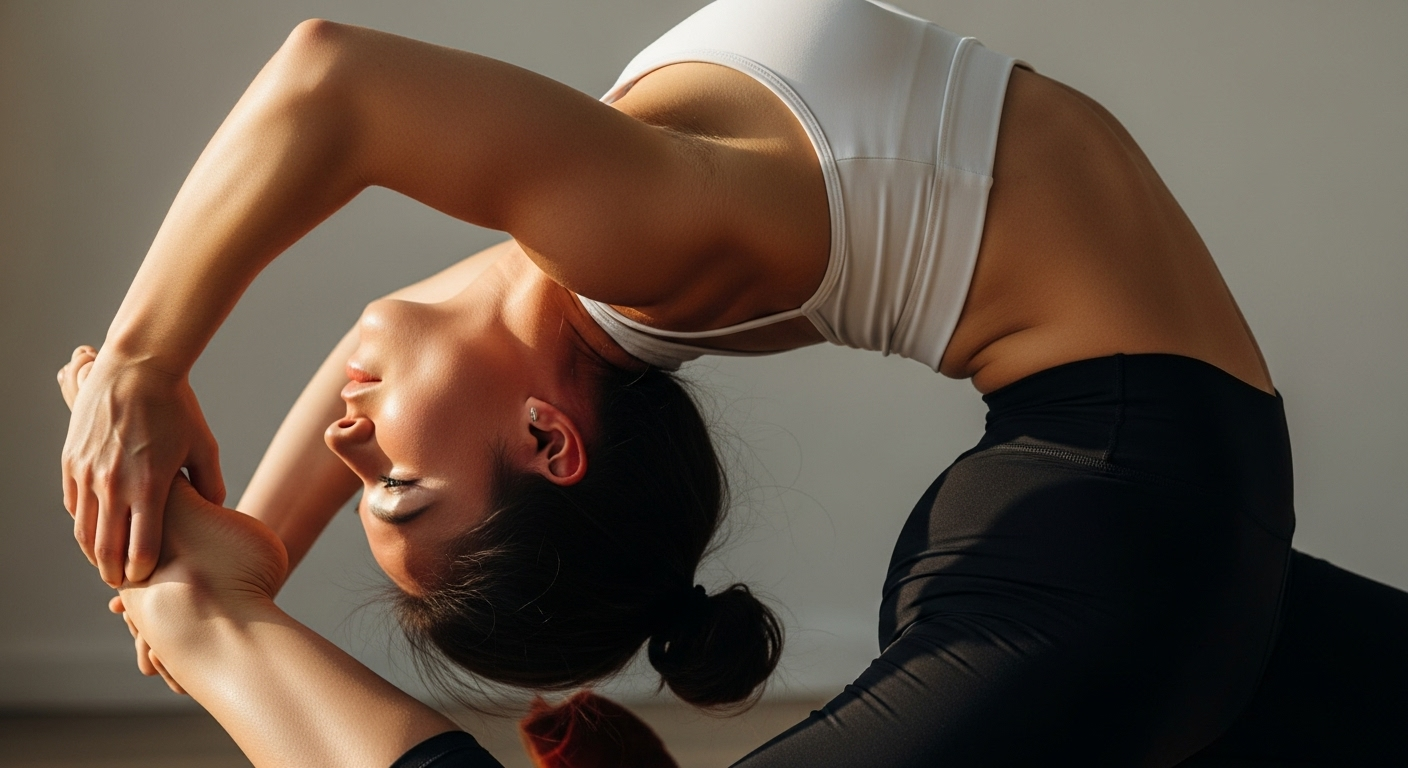When to Seek a Specialist for Plantar Pain and Stiffness
Plantar pain and stiffness in the sole can limit mobility, affect balance, and turn everyday activities into discomfort. Many people try self-care like stretching, massage, or rest, but knowing when to consult a trained specialist helps prevent prolonged issues and supports safer recovery and improved flexibility.

Reflexology and pressurepoints
Reflexology focuses on pressurepoints in the feet and can offer relaxation and temporary relief for aching muscles and plantar soreness. A certified reflexologist uses targeted techniques to stimulate circulation and balance, which may complement other therapies. While reflexology can improve relaxation and perceived comfort, persistent pain that limits mobility, causes numbness, or follows an injury should prompt evaluation by a medical specialist. Discuss reflexology with your primary care provider or podiatry team to ensure it fits into a broader recovery plan and does not mask symptoms that need clinical attention.
Understanding plantar pain
Plantar pain often arises from inflammation of the tissues along the sole, such as plantar fasciitis, or from strain related to footwear and activity. Typical signs include sharp morning pain, stiffness after rest, or a dull ache during prolonged standing. Monitoring how symptoms affect balance and daily function is important: if pain persists beyond a few weeks despite conservative home measures — rest, gentle stretching, ice and solecare techniques — seek professional assessment. Accurate diagnosis can distinguish soft-tissue issues from nerve or structural causes and guide appropriate treatment to protect long-term mobility and flexibility.
When to consult podiatry
Podiatry provides specialized evaluation for foot and ankle conditions, with expertise in diagnosing plantar problems, structural abnormalities, and gait-related issues. A podiatrist can recommend imaging, orthotic support, targeted rehabilitation, or medical interventions when conservative measures do not lead to recovery. Consider seeing podiatry if pain is severe, progressive, associated with swelling, redness, or has neurological symptoms such as tingling. Early specialist input can help restore function and prevent compensatory injuries that affect balance, posture and overall mobility.
This article is for informational purposes only and should not be considered medical advice. Please consult a qualified healthcare professional for personalized guidance and treatment.
Circulation and recovery
Good circulation supports tissue healing and can reduce stiffness in the plantar tissues. Simple measures — foot elevation, gentle exercises, and avoiding prolonged immobility — help maintain blood flow. Techniques such as light acupressure or targeted self-massage may stimulate circulation in the foot and promote relaxation of tight muscles, aiding flexibility. If you notice poor skin color, persistent coldness, or delayed healing, these signs may point to vascular concerns or systemic issues that warrant evaluation by a healthcare professional to guide safe strategies for recovery and ongoing solecare.
Can acupressure help soreness?
Acupressure applies controlled pressure to specific points and some people find relief in localized tenderness and tension using these methods. For plantar discomfort, acupressure can be part of a self-care routine to reduce muscle tightness and encourage relaxation. However, acupressure should not replace diagnostic assessment when pain is severe or chronic. If you plan to use acupressure alongside other therapies, inform your clinician to ensure it complements medical treatment. Combining acupressure with guided stretching and strengthening supports gradual improvement in flexibility and function.
Mobility, flexibility and solecare
Maintaining mobility and flexibility in the foot involves a balance of stretching, strengthening, and sensible footwear choices. Exercises that target toes, calf muscles, and intrinsic foot muscles can reduce strain on plantar tissues and improve balance. Solecare routines — including gentle rolling with approved devices, proper moisturizing, and monitoring skin integrity — support overall foot health. If stiffness interferes with walking patterns or exercise, professional assessment can identify impairments and recommend a personalized rehabilitation plan to restore mobility, reduce recurrence risk, and support long-term recovery.
Conclusion Plantar pain and stiffness are common but not always straightforward; self-care methods like reflexology, acupressure, and home stretching can provide symptom relief and improved relaxation, yet they are not substitutes for clinical evaluation when symptoms persist, worsen, or include neurological or vascular signs. Consulting a specialist such as a podiatrist helps clarify diagnosis, preserve balance and mobility, and tailor treatment that supports recovery and long-term solecare.





